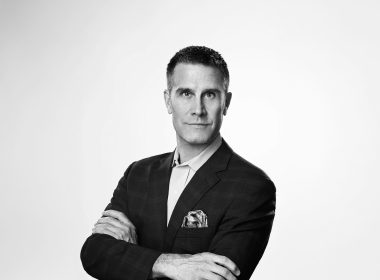Supply chain management is a complex endeavor, requiring the orchestration of people, processes, and technology across a web of interconnections. As supply chains grow more sophisticated, even small inefficiencies can propagate into substantial problems down the line. That’s why for many organizations, supply chain transformations represent a pivotal opportunity to optimize operations, reduce costs, and set their business on the path to resilience.
Yet in pursuing these technical improvements, some of the most crucial challenges go unaddressed. “While the technical elements of a transformation are essential, it’s the deeper often overlooked challenges that can truly shape the outcome,” says Olivia A. Ramandanes, a senior supply chain leader with over 20 years of experience. By recognizing and tackling these hidden obstacles head-on, leaders can ensure their supply chain transformation succeeds.
Challenge 1: Cultural and Process Inertia
For many long-standing organizations, the first major hurdle is a cultural resistance to change. As Olivia notes, “There is a deep-seated reluctance to break away from the way things have always been done.” After years of established practices, the prospect of a sweeping overhaul can seem daunting and uncomfortable. People grow accustomed to current processes and are hesitant to adopt unfamiliar systems.
According to Olivia, “Inertia can be a silent killer, especially if it’s not addressed early on.” If left unchecked, this reluctance metastasizes into active foot-dragging, undermining the success of the entire initiative. Creative solutions are essential to overcoming ingrained perspectives. As examples, Olivia points to internal ambassadors, gamification of new processes, innovation sprints, and transformation training. Each of these can shift mindsets and encourage teams to view change through a lens of possibility rather than uncertainty.
Leaders must recognize that supply chain transformation is more than an overhaul of technical systems. It requires cultural and behavioral change as well. With creative engagement and encouragement, organizations can align their culture around agile adaptation rather than rigid tradition.
Challenge 2: The Paradox of Optimization vs. Human Experience
In optimizing supply chain processes, there is always a risk of going too far. “While the drive for efficiency, cost reduction, and streamlining is essential, there’s a danger in over optimizing to the point where we dehumanize our teams,” Olivia cautions.
If systems become too rigid and roles too standardized, employees can begin to feel like cogs in a machine – losing their sense of ownership, creativity, and engagement. “A supply chain transformation should not just be efficient, but also enriching for those driving the change,” Olivia notes.
Although technology enables organizations to drive speed and consistency, the human element remains vital. Employees on the front lines often have insights that numbers alone cannot capture. Their expertise and critical thinking enable the flexibility and innovation needed to address novel situations.
The key is striking a balance where systems provide stability but people add contextual decision-making. As Olivia explains, “It’s equally important to preserve the human experience – empowering employees to think creatively, make decisions, and bring their expertise to the table.” With the right equilibrium, supply chain improvements can simultaneously increase efficiency while keeping team members fulfilled and empowered.
Challenge 3: The Paradox of Control and Chaos in Organizational Systems
Finally, Olivia highlights the paradox of control and chaos inherent to supply chain management. On one hand, transformations aim to control every variable through rigorous processes. But as she notes, “The more we try to control, the more we risk creating a fragile system that can’t adapt to new challenges.”
Supply chains are ultimately complex, dynamic, and often chaotic systems. Unpredictable events, disruptions, and fluctuations are inevitable. Instead of pursuing perfect prediction, leaders need to build in buffers and flexibility that allow stability during turbulence. As Olivia advises, “Successful transformations don’t just aim for perfect control – they embrace the inherent unpredictability of the system.”
Well-designed processes provide guardrails without being overly prescriptive. They enable quick sensing and mobilization in response to changes. This blend of control and chaos gives an organization the resilience needed to navigate uncertainty. Rather than imagining supply chains as machines to command, leaders should view them as living organisms to nurture.
To learn more about Olivia A. Ramandanes, check out her LinkedIn profile.











